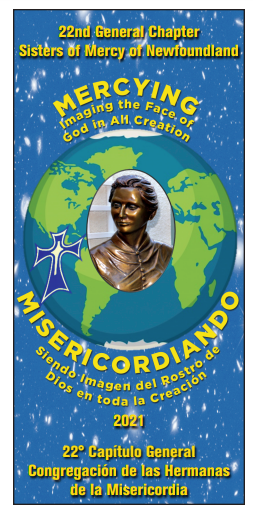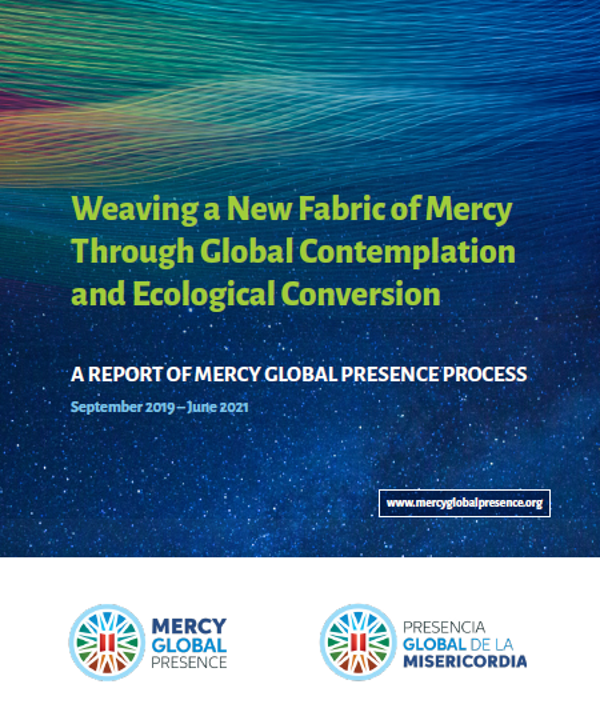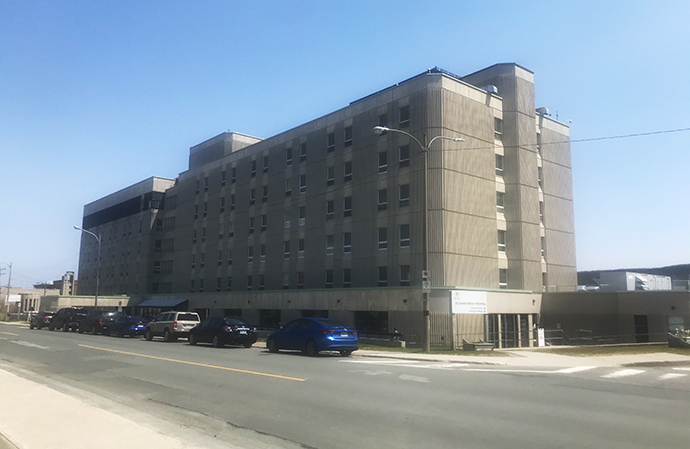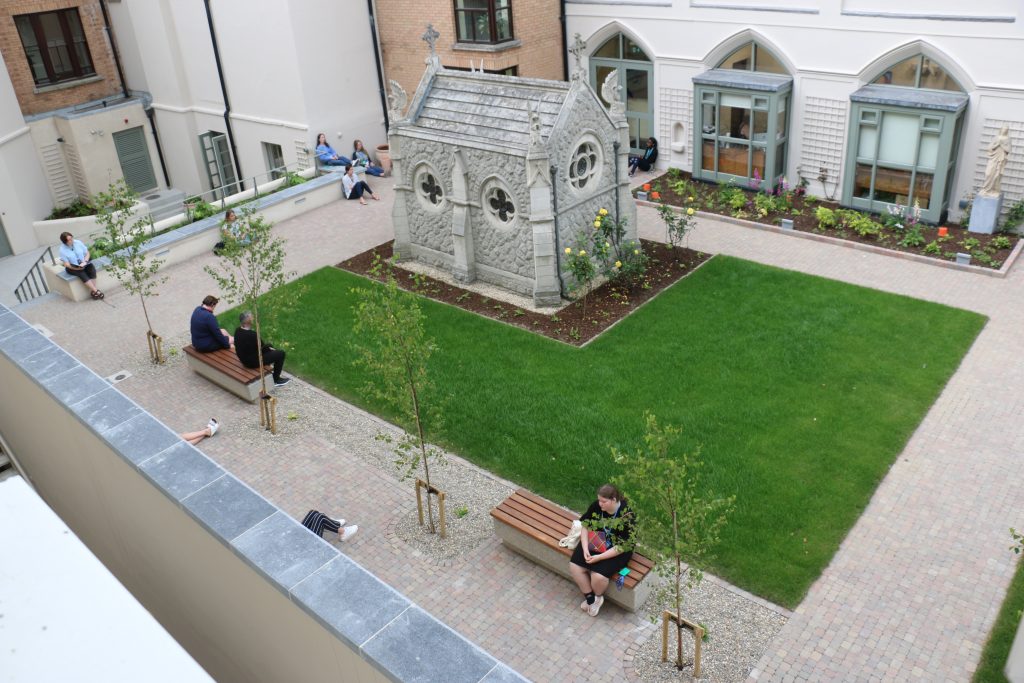On Friday, 19 October, Ms. Andrea Furlong, Interim Chief Executive of the Council of Canadians, presented the Congregation with a certificate as a Blue Community, the 20th group in Canada to commit to the honoring and protection of water, and one of only 47 groups yet to do so worldwide.
 The presentation took place at McAuley Convent, St John’s, where a number of Sisters had gathered for this event. A brief ritual which included a blessing of water was prepared and led by Sr. Mona.
The presentation took place at McAuley Convent, St John’s, where a number of Sisters had gathered for this event. A brief ritual which included a blessing of water was prepared and led by Sr. Mona.
A ‘Blue Community’ adopts a water commons framework by taking three actions:
1. Recognizing water and sanitation as human rights.
2. Banning or phasing out the sale of bottled water in municipal facilities and at municipal events.
3. Promoting publicly financed, owned, and operated water and wastewater services.
In May the Congregation prepared its Statement of Commitment outlining its dedication to implementing water and sanitation as human rights.
Commitment Statement in EnglishCommitment Statement in Spanish
‘We make this commitment for the good of all in keeping with the integrity of all creation and in a spirit of humility and gratitude for water and the many gifts lavished on us by the Creator of all.’
A guide prepared by the Council of Canadians, providing information and resources to help a group become a blue community, can be downloaded
here (28pps, PDF)
Images: Used with permission . Sam McLeish, The Telegram


 This date marks both the establishment of the Congregation of the Sisters of Mercy of Newfoundland and of the first community of the Sisters of Mercy in the New World. Read more about those first Mercy Sisters (and the 57 young Irish women who went from Ireland to join the Newfoundland Congregation between 1842 and 1907) in the book “
This date marks both the establishment of the Congregation of the Sisters of Mercy of Newfoundland and of the first community of the Sisters of Mercy in the New World. Read more about those first Mercy Sisters (and the 57 young Irish women who went from Ireland to join the Newfoundland Congregation between 1842 and 1907) in the book “
 On September 29, 2010 Feast of the Archangels Michael, Raphael and Gabriel and birthday of Venerable Catherine McAuley, Padre Victor was buried in the garden of his parish church in Reque, Peru.
On September 29, 2010 Feast of the Archangels Michael, Raphael and Gabriel and birthday of Venerable Catherine McAuley, Padre Victor was buried in the garden of his parish church in Reque, Peru. This report summarises the foundational steps which led to the Mercy Global Presence process – the Mercy International Research Conference, the Theological Advisory Commission proposal, and the Mercy International Reflection Process. It then outlines the process which unfolded. It contains details of each of the four segments and sixteen themes. It includes reflections from the participants on their experience and learnings from their active engagement in the process. It summarises the fruits of the six sets of regional gatherings. It also acknowledges the impact of the global pandemic on our world and, therefore, on Mercy Global Presence.
This report summarises the foundational steps which led to the Mercy Global Presence process – the Mercy International Research Conference, the Theological Advisory Commission proposal, and the Mercy International Reflection Process. It then outlines the process which unfolded. It contains details of each of the four segments and sixteen themes. It includes reflections from the participants on their experience and learnings from their active engagement in the process. It summarises the fruits of the six sets of regional gatherings. It also acknowledges the impact of the global pandemic on our world and, therefore, on Mercy Global Presence. On Sunday, 22 May, 2022,
On Sunday, 22 May, 2022, 